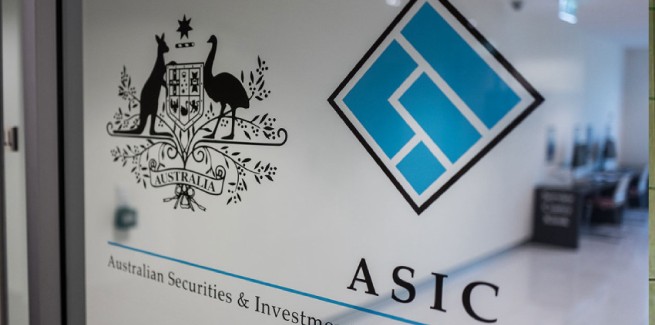ASIC has published its draft Cost Recovery Implementation Statement for the 2020-21 financial year, with expectations of what each finance sector will be charged to fund its regulation.
The levies, which are based on ASIC’s regulatory costs and business metrics, will be finalised in December and invoiced in January next year.
The regulator has invited feedback on the draft statement, which can be submitted until 13 August. ASIC is forecast to recover $44.5 million in total levies from the deposit-taking and credit sector – contributing to a grand total of $337.5 million to be recovered across financial industries.
Zeroing in on credit intermediaries (including mortgage and finance brokers), ASIC has estimated it will collect $8.1 million to recover costs, 17 per cent more than it cost to regulate intermediaries in 2019-20, when it totalled $6.9 million.
However, the actual cost for the 2019-20 year had been 32 per cent smaller than ASIC’s initial estimated total of $10.1 million.
The cost recovery statement has also outlined an indicative levy for intermediaries of $1,000 plus $96.55 per credit representative – raising the costs of each representative by 51 per cent from 2019-20, when intermediaries were charged $1,000 plus $61.76 per representative.
Around $1.3 million from the intermediaries’ levies will cover supervision and surveillance, while $2.3 million has been delegated to enforcement.
For deposit product providers, including banks, credit unions and building societies, the estimated cost recovery amount is $4.5 million, a 45 per cent surge from when it cost $3.1 million in 2019-20.
ASIC has given an indicative levy of $2,000 per entity plus $1.71 per $1 million of total deposits above $10 million – rising from the previous year’s $1.12 per $1 million of total deposits above the $10 million threshold.
Around $2 million of the deposit product providers’ levies will be dedicated to supervision and surveillance, while $1.2 has been assigned to enforcement.
However, ASIC has removed an additional levy for large financial institutions, which it charged in 2018-19 and 2019-20 under the Cost Recovery Levy Regulations. In 2019-20, it collected a flat levy of $1.3 million from each of the five largest institutions, the big four banks and Macquarie Group, for regulation that had followed on from the royal commission.
On the other hand, credit providers (including small and medium firms) face a collective estimated cost recovery total of $29.5 million in 2020-21, an 8 per cent rise on the year before, when the cost of regulating credit providers was $27.3 million.
ASIC has issued an indicative levy for credit providers of $2,000 plus 54 cents per $10,000 of credit provided above $100 million (the year before, it had been 51 cents per $10,000 of credit above $100 million).
Small and medium credit providers more specifically are expected to cough up a collective $2.2 million for cost recovery – 10 per cent more than what it cost the year before. ASIC’s indicative levy for the group of lenders is $16.61 per $10,000 of credit provided under small and medium credit contacts – a 9 per cent rise from the $15.14 per $10,000 of credit charged the year before.
ASIC laid out a number of priorities for its policing of the credit and deposit sector, particularly focusing on predatory high-cost lending during the COVID pandemic and hardship assistance provided by lenders.
The mortgage broker best interests duty, introduced at the beginning of this year, has also been added to the regulator’s priorities for the sector, alongside dedicated royal commission reforms for the sector such as reference checking.
[Related: APRA issues capital framework changes update]










